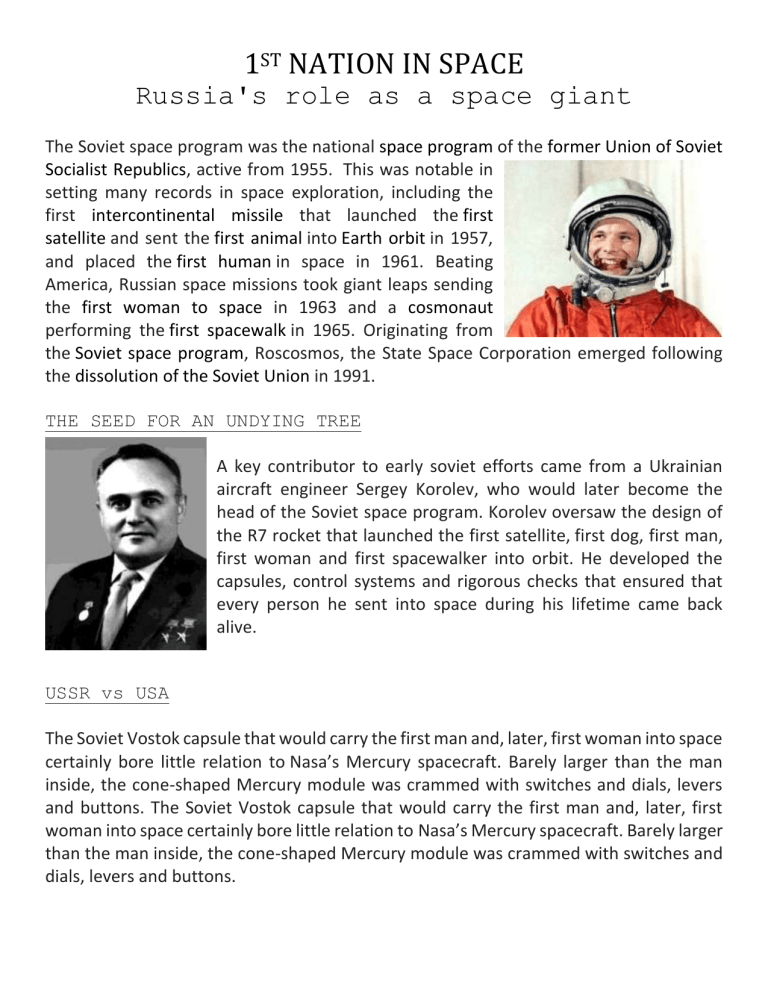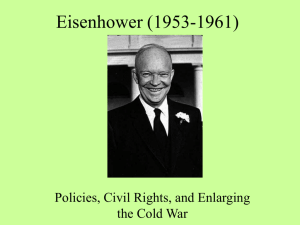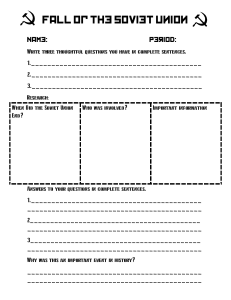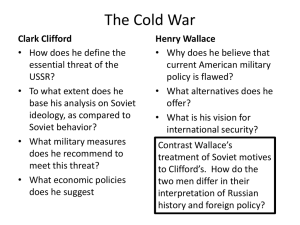
1ST NATION IN SPACE Russia's role as a space giant The Soviet space program was the national space program of the former Union of Soviet Socialist Republics, active from 1955. This was notable in setting many records in space exploration, including the first intercontinental missile that launched the first satellite and sent the first animal into Earth orbit in 1957, and placed the first human in space in 1961. Beating America, Russian space missions took giant leaps sending the first woman to space in 1963 and a cosmonaut performing the first spacewalk in 1965. Originating from the Soviet space program, Roscosmos, the State Space Corporation emerged following the dissolution of the Soviet Union in 1991. THE SEED FOR AN UNDYING TREE A key contributor to early soviet efforts came from a Ukrainian aircraft engineer Sergey Korolev, who would later become the head of the Soviet space program. Korolev oversaw the design of the R7 rocket that launched the first satellite, first dog, first man, first woman and first spacewalker into orbit. He developed the capsules, control systems and rigorous checks that ensured that every person he sent into space during his lifetime came back alive. USSR vs USA The Soviet Vostok capsule that would carry the first man and, later, first woman into space certainly bore little relation to Nasa’s Mercury spacecraft. Barely larger than the man inside, the cone-shaped Mercury module was crammed with switches and dials, levers and buttons. The Soviet Vostok capsule that would carry the first man and, later, first woman into space certainly bore little relation to Nasa’s Mercury spacecraft. Barely larger than the man inside, the cone-shaped Mercury module was crammed with switches and dials, levers and buttons. The design of the Vostok capsule also made re-entry to the Earth’s atmosphere simpler. Mercury astronauts had to carefully orientate their capsule for the heatshield to protect them. The Vostok, however, was entirely covered in heat-resistant material and was simply weighted at the bottom so it faced in the right direction in re-entry. RACING THE SPACE The Space Race was a 20th-century competition between two Cold War rivals, the Soviet Union and the United States, to achieve superior spaceflight capability. The competition made Western public attention when the USSR achieved the first successful satellite launch, Sputnik 1, on October 4, 1957. It gained momentum when the USSR sent the first human, Yuri Gagarin, into space with the orbital flight of Vostok 1 on April 12, 1961. However, this cold war which was the turning point of space travelling ended in 1975. The Apollo-Soyuz mission ended this space race. 1957 – First satellite (Sputnik 1) 1957 – First animal in Earth orbit (Laika in Sputnik 2) 1957 – First man made object to escape Earth’s gravity (Luna 1) 1957 – First probe to impact moon (Luna 2) 1957 – First images of moon’s far side (Luna 3) 1957 – First person in space (Yuri Gagarin in Vostok 1) 1957 – First woman in space (Valentina Tereshkova in Vostok 6) 1957 – First multi-person crew (Voskhod 1) 1957 – First spacewalk (Alexei Leonov in Voskhod 2) RESULTS After the end of the Cold War in 1991, the assets of the USSR's space program passed mainly to Russia. Since then, the United States and Russia have cooperated in space with the Shuttle-Mir Program, and the International Space Station (ISS). By landing humans on the Moon, the United States achieved what has been called the greatest technological achievement in human history. The Russians continue to use their R-7 rocket family as their orbital workhorse to launch the Soyuz crewed spacecraft and its Progress derivative uncrewed cargo craft as shuttles to the ISS. After the 2011 retirement of the Space Shuttle, American crews were dependent on the R-7–Soyuz to reach the ISS, until the 2020 first flight of the US Crew Dragon Commercial Crew Development vehicle. Sandanu Edirisooriya Anandian Astronomical Association




